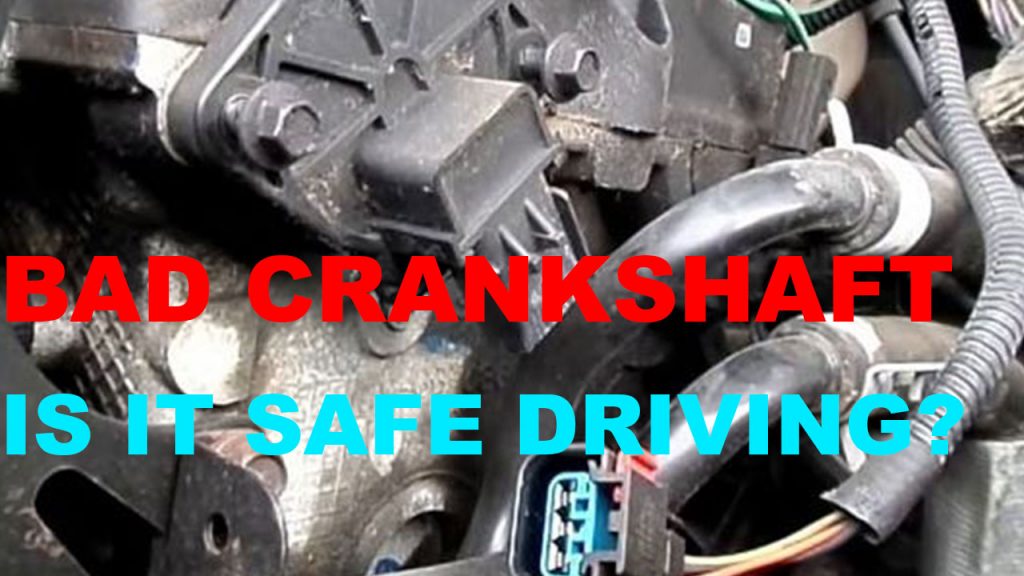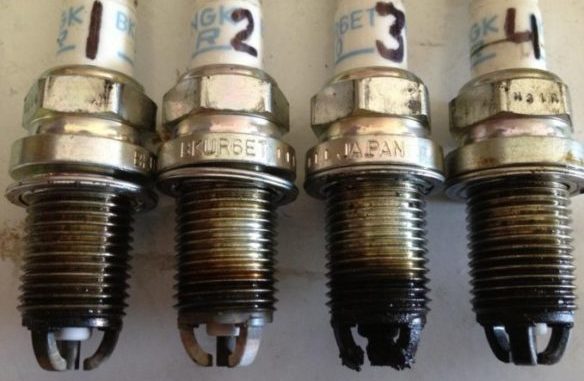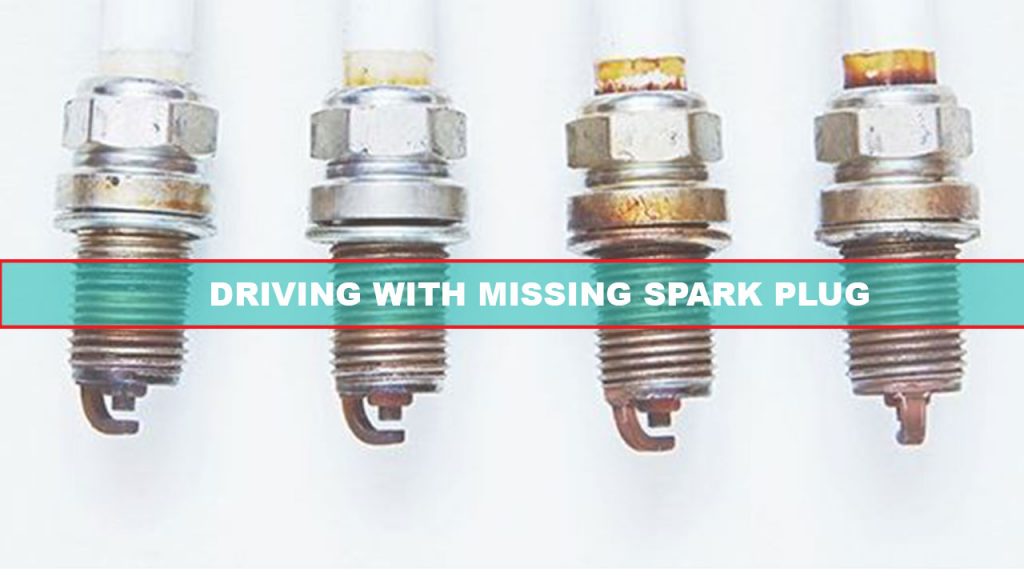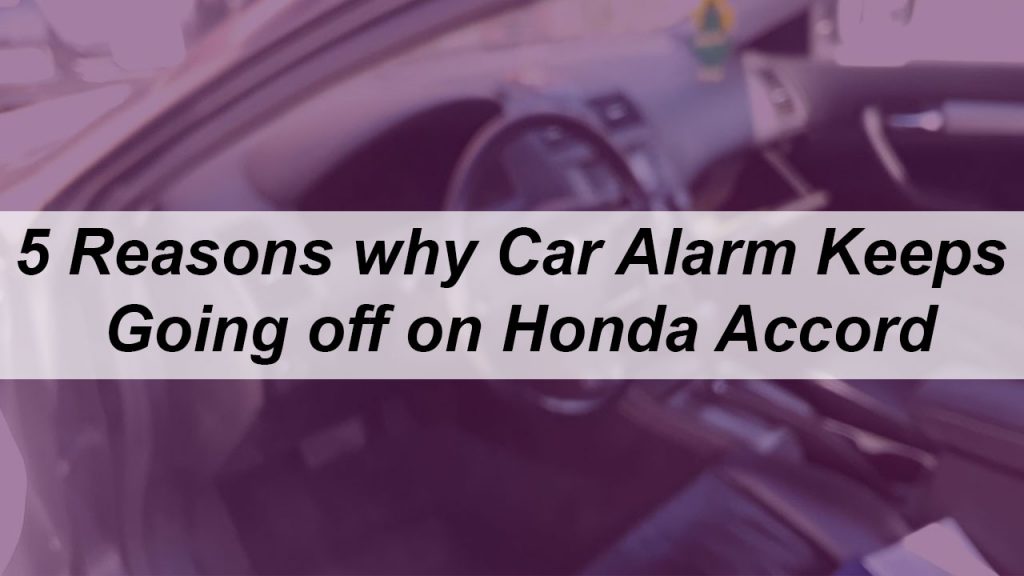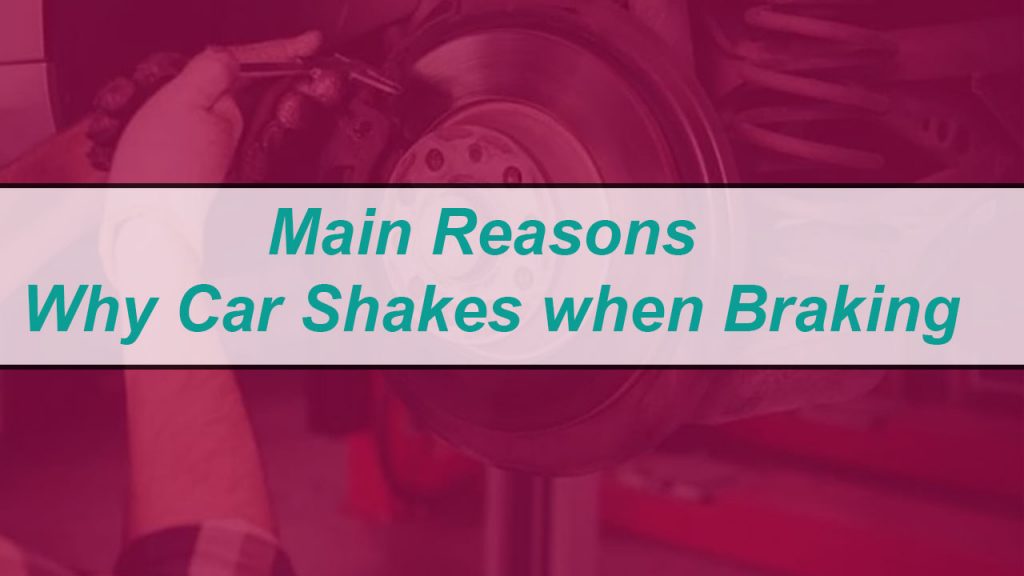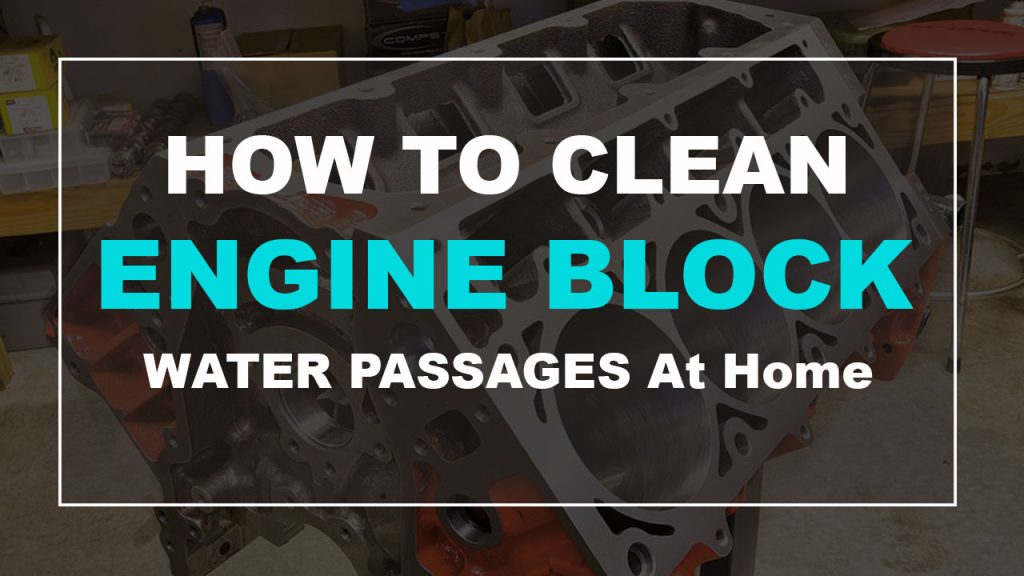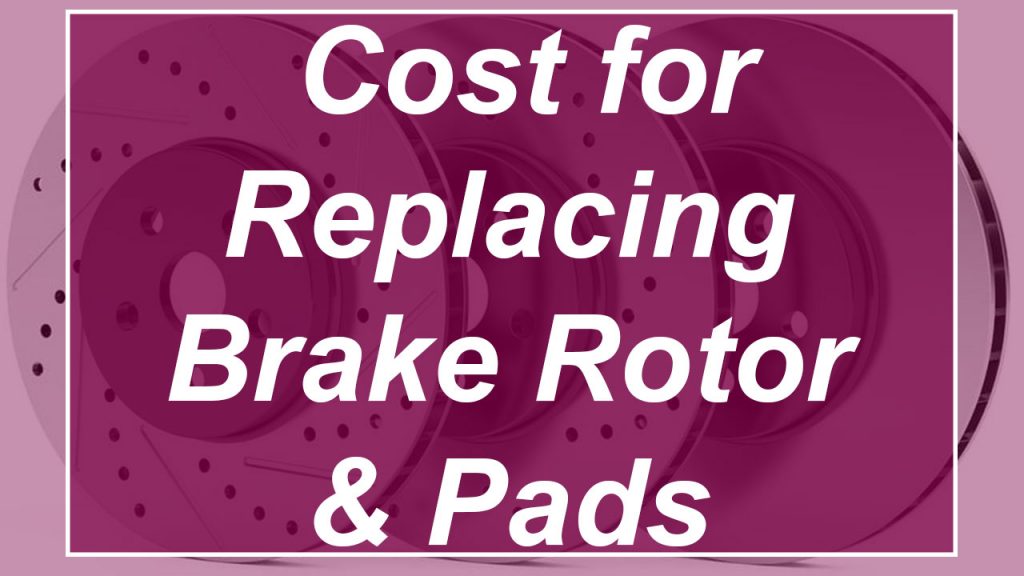Last updated on July 31st, 2023 at 09:01 pm
Being a car owner is not always as fun as it seems because beside the good times when you don’t have to worry about transportation and get around, and you still will experience a lot of other times you have to do a lot to maintain and keep your car safe and suitable for driving.
Those are all parts of your responsibilities as a car owner. One of the problems you may be facing in your car is the control arm.
Keynote “what is control arm in a car?”
The control arm in a car is the piece of the vehicle that helps keep it in alignment. Especially under stress or when going around corners. They are equally important in both cases for the safety of the driver and the normal exposure of the tires to the road.
You may be wondering, is driving with a bad control arm dangerous?
It is certainly not safe to drive with a bad control arm. Safety is your number one consideration in these matters. This article will talk about a control arm in a vehicle and its necessity in a vehicle.
You may be wondering what will happen if your control arm fails while driving and the replacement cost of your car’s control arm. Not to worry, I have made a well-researched answer to all your questions. But before then, let’s see why driving with a bad control arm is dangerous
Is Driving With A Bad Control Arm Dangerous?
Yes! Driving with a bad control arm is dangerous.
Driving with a bad control arm is not something you want to be doing. This can cause a lot of damage to your car, and it can even be more of a hazard than what you may think. Unfortunately, many people don’t realize this, but DCA (drive control arm) parts are very important for your vehicle’s safety.
The purpose of your DCA is to make sure that your axle is moving in an aligned position with your tires, which will prevent any problems with the tires. In addition, they are what transfer power from the wheels to the rest of the car. Without them, you have no steering, no suspension, and a way to get your car moving.
How Long Can You Drive On Bad Lower Control Arm?
You can get by for a little while without a lower control arm if you’re not driving too aggressively. However, if you continue driving on bad arms for an extended period, you risk damaging other parts of your car.
A bad upper control arm will cause the wheel to wobble while you drive. This can wear out your tires more quickly and cause damage to your brakes if the back end of the car is trying to pull one way or another.
A bad lower control arm is even more serious because it can cause the wheel to be pushed out of alignment with the rest of the car when it’s in motion. This can cause tire damage and affects handling, so it’s very dangerous when you’re driving at any speed. It’s best to get these things fixed as soon as possible so you don’t put yourself and others in danger while you’re driving.
How Long Can You Drive With Bad Control Arm Bushings?
The problem with driving with bad bushing is that they tend to become looser and looser over time, leading to other suspension issues or tire wear.
There isn’t an accurate answer for how long you can safely drive on bad control arm bushings. Still, if you notice an issue with your vehicle while driving, such as instability or excessive tire wear, it is best to get them checked out by a mechanic as soon as possible.
The control arm bushings are designed to provide stability and help to control the suspension. If the bushings are worn out or cracked, the vehicle will have a lot of play in it. This can cause your vehicle to swerve from side to side while you are driving it. In addition, the bushings help to reduce vibration and noise inside your vehicle. They also play a role in keeping the tires properly aligned on your vehicle.
Causes of Bad Control Arm Bushing
1. Worn-out bushings
Control arm bushings work as a shock absorber for your car’s suspension, helping to keep the wheels properly aligned and controlling the movement of the wheels as you drive over bumps.
However, when worn out, they can cause excessive movement that can transfer to your steering and make it difficult to maintain a straight line.
If you notice that one of your tires is wearing out quickly, or if you hear an unusual amount of noise coming from your front end, it could be because your control arm bushing needs replacement.
2. Worn-out ball joints
The ball joints on your car’s suspension system allow the steering knuckle to pivot as you drive over bumps and potholes. If they wear out, they can snap and leave you with dangerous handling problems resulting in an accident. Most cars have two lower ball joints along each control arm; if one breaks, likely, the other will soon follow suit.
3. Improperly lubricated bushings or ball joints
All moving parts within your suspension system need lubrication to function safely and efficiently. If you don’t check and oil these parts regularly or if you use an ineffective lubrication technique.
4. Accidents
Damage to control arm bushings can also occur during an accident when they are hit by another vehicle or object. This type of damage is very obvious if you look at your car’s suspension system.
Damage sustained in an accident is typically not covered by the manufacturer’s warranty, but any damage that occurs normally will be covered under warranty.
Does Extended Warranty cover control Arm?
The first thing you should do is check your credit card’s warranty policy. Unfortunately, many cards don’t cover wear-and-tear damage on items outside the control arm.
An extended warranty does not cover the repairs covered by a manufacturer’s warranty. However, if you have an after-market extended warranty, you should contact your service provider about any issues that may arise with your vehicle under this coverage.
If you do not have an extended warranty that includes roadside assistance, then you should contact your local garage or dealership about the issue.
What Happens If Control Arm Breaks While Driving?
If a control arm breaks while you’re driving, your vehicle could go out of control. The severity of damage from a broken control arm depends on how fast you were going when it broke. Whether you were turning at the time and if another vehicle or object was struck as a result.
In some cases, a bent wheel or dented fender might be all you have to deal with after an accident caused by a broken control arm. However, more serious injuries can occur in others, including broken bones and back injuries from being thrown from a moving vehicle.
In your car, It is usually the front suspension part that connects the wheel to the vehicle. It helps the wheel stay in place while you’re driving, so if it breaks, the wheel can come out of alignment or even come off completely.
Keynote
If your wheel comes off, you might not realize it right away because all four wheels are connected to your steering system. But if one wheel is missing, your car will pull to one side when you’re driving. That means you have to turn the steering wheel more to go straight.
When it comes to the front suspension, that’s not just turning your wheels but how they turn and if something gets in the way, like a broken control arm. So it could put you in a position where you lose control of the vehicle, and it might even cause an accident and death, which is why we don’t deny so much as we come up with a cost-effective solution.
What Is A Lower Control Arm Replacement Cost?
The cost to replace a lower control arm will vary based on the make and model of your vehicle, but it can range from $100 to several thousand dollars for high-end vehicles.
Lower control arm replacement costs vary greatly from one vehicle to another. The lower control arm is a suspension component that connects the steering knuckle to the chassis and supports the wheel. Lower control arms are typically made of steel or aluminum and can be damaged by road debris, collisions, or poor maintenance.
First of all, make sure you know what kind of car you have. Different suspensions require different control arms. If you’re not sure, ask your mechanic or check your owner’s manual.
What Is Lower Control Arm Bushing Replacement Cost?
The average cost for repair of a lower control arm bushing is $211. This will include labor and parts for the repair of the bushing. The frequency of replacement can depend on how much you drive your vehicle and how many miles it has been driven.
Lower control arm bushing replacement cost, or LCAB replacement cost, is not something you want to deal with. It’s a more serious repair than basic front suspension work. When they wear out, it can be an expensive repair.
In most cases, replacing them will require complete disassembling of the front suspension components to access them properly. In some cases, you may have to replace other parts to get at them, such as the upper control arms or ball joints, if they’re in the way when you’re trying to remove the old bushings and install new ones.
Toyota Cost For Control Arm Replacement
Toyota cost for control arm replacement varies depending on the type of car, the year it was made, how many miles are on it, and other factors. The total cost can also depend on the number of control arms that need to be replaced.
The average Toyota control arm replacement cost is about $300 to $500 for one control arm. Toyota dealers will charge more because they have to pay for their service department overhead.
Step By Step Guide On How To Replace A Bad Control Arm Bushings Toyota Camry
Tools needed: socket wrench, ratchet, pliers, c-clamp or universal joint, jack and jack stands or ramps, 13mm socket (or good deep socket), 12 points 10mm socket (or deep well), torque wrench.
- Step 1: Prepare the area for removing and replacing the control arm bushing Toyota Camry. Raise the vehicle from the ground.
- Step 2: Put your floor jack underneath the lower control arm mounting point on the vehicle’s chassis. The car’s entire weight will be resting on this jack when you remove the bolts from the lower control arm mount. Again, this is done for safety reasons.
- Step 3: Place a jack stand under the frame rail to ensure that your jack doesn’t fail while working. If you don’t have a floor jack large enough to hold up your car by one side, use two jacks and place them under both sides of the vehicle before removing any hardware or loosening any bolts on either side of your car’s suspension system.
- Step 4: Remove upper and lower ball joint nuts with a socket wrench on the driver’s side of the vehicle.
- Step 5: Remove all of the old rubber bushings from both sides.
- Step 6: Clean out any dirt or corrosion inside them and make sure they are clean by taking a brush.
- Step 7: Apply lithium grease to both sides of the new rubber bushings for protection against water, dirt, and road vibration.
- Step 8: Re-install them in their respective places on both sides of your control arm with new bolts and nuts.
Conclusion
When it comes to driving on a damaged control arm, I’d rather play it safe and get it fixed than risk killing myself and my family over a few hours of driving. There is just too much at stake for this not to be a serious concern. Is driving with a bad control arm dangerous? To me, the answer is yes.
A loose or broken control arm won’t necessarily break on your vehicle during a drive. However, if you experience a wobble in the steering wheel, a swaying of the car going over bumps.
Grinding sounds going over bumps or shaking of the steering wheel when driving over uneven surfaces at high speeds, then yes, it could mean that your control arm is loose and you need to get it fixed.





